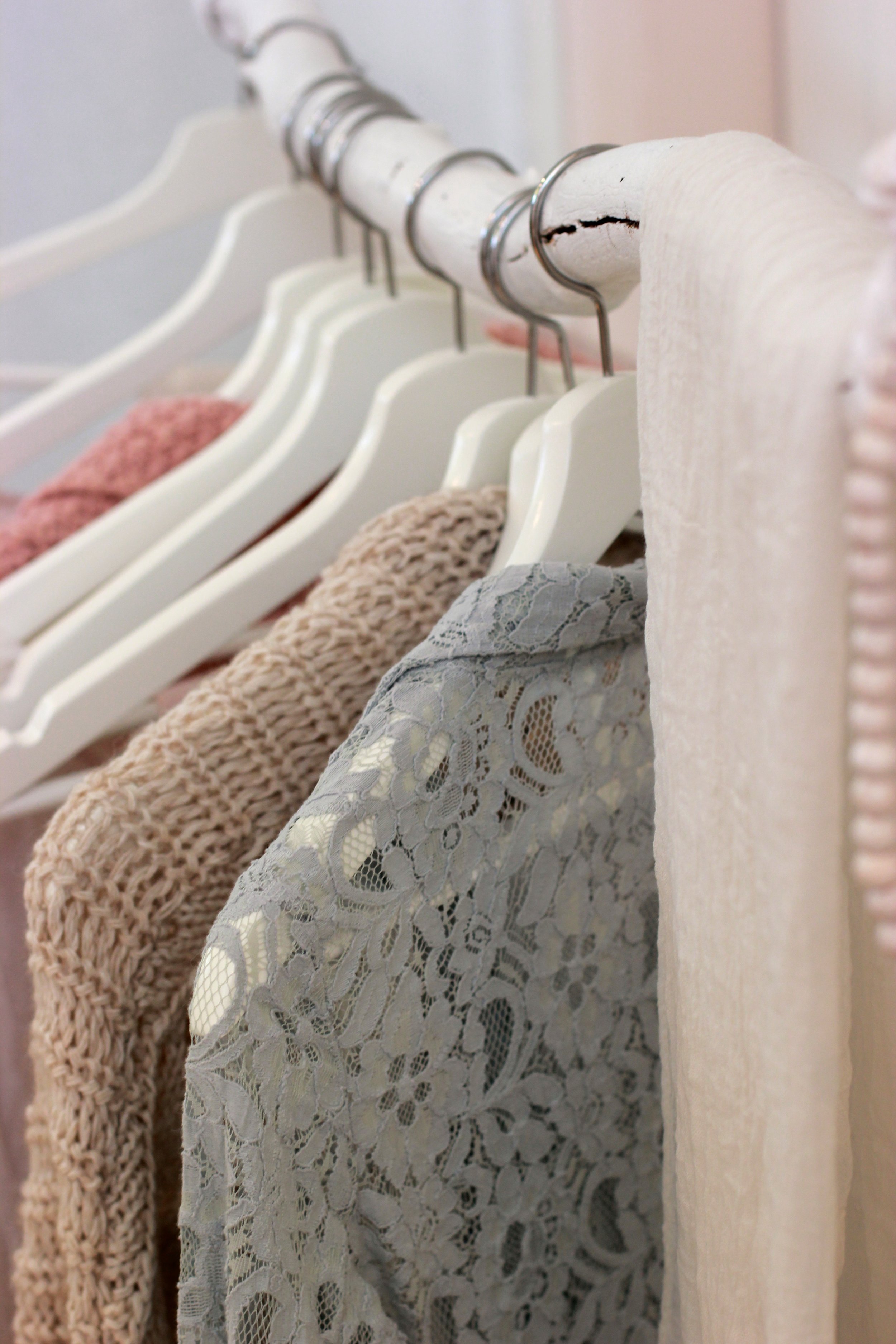The most liked: how social media is redefining fashion
In recent years, the race to be the most liked on Instagram has radically redefined how we perceive ourselves and how celebrities are perceived on social media. In the worlds of music and fashion, ‘likes’ are now essential to a clothing brand’s or artist’s overall success.
When users like or comment on an image, this is now what solidifies the success of a campaign, as opposed to gaining exposure through traditional methods such as billboards and television advertisements. Together with Trilogy Stores, retailers of designer high waisted jeans, we investigate how and why social media is having such a significant impact on the world of fashion.
Who are the most liked?
As an advertisement for Coca Cola, on June 25 2016, Selena Gomez posted a picture of herself holding a bottle of coke, wearing a matching red racer top with red nails.
By combining a fashionable image with a consumer brand such as coke, Gomez was able to gain 6.7 million likes – the most that had ever been given at the time. Now, another figure who leads the way within the worlds of music and fashion has claimed the most liked title; when Beyoncé posted herself with a picture of her baby bump on February 1st 2017, she gained 11m likes, a dramatic increase of 4.3m on Gomez’s record.
If popular figures such as Beyonce, Selena Gomez, and Kendall Jenner create such an impact on social media – whilst influencing the world of fashion with the clothes that they wear, then how is social media influencing and changing the way the fashion industry operates to suit millions of users every day?
What comes first, the model or the followers?
In years gone by, the popularity of a model would be founded upon their success within the fashion industry and the modelling shoots they appeared in.
The model
Take Naomi Campbell as an example; after getting her first break at the age of 15, she then went on to grace the covers of Time magazine, French Vogue, Russian Vogue, and was the first black model to appear on the cover of British Vogue. Her success then, is based on how long she has been in the industry and how popular she has become over the years based on this fact, which has meant she is now known as one of first five original supermodels.
Now, the industry has changed beyond recognition. Kendall Jenner, currently the world’s most popular and in-demand model, was already famous before she became the model she is today. By appearing on Keeping Up with the Kardashians, her involvement with the world’s most televised family still has a direct impact on her popularity on social media, and consequently, her exposure within the world of fashion.
The followers
With 81.6 million followers and 2,796 posts, this helped Jenner secure the top job as the face of global cosmetics giant Estee Lauder. The reason for this, is that social media accounts guarantee a level of success during a cosmetic or fashion campaign, this is because the face of that campaign is already a success as the ‘ultimate Instagirl’ or boy in their own right, which encourages the industry to choose these popular faces over newcomers who haven’t already had their first break.
Similarly, when Burberry discovered that Brooklyn Beckham had 5.9 followers in 2016 – now 10m – he was chosen to photograph Maddie Demaine for Burberry’s Brit fragrances ad campaign. After being chosen over many professional photographers in the industry, this created a new precedent within the fashion industry. Now, fashion campaigns can be dictated by the level of followers a particular model or person has, not their knowledge of the industry or their contributions to popular culture outside the online world of social media. It’s not just the model that needs social media leverage, even the backstage team (make-up artists, stylists, and producers) need to be known on social media before they can be involved in a major fashion shoot.
Helping to change consumer behaviours
Evolving tradition
If the fashion industry and social media apps such as Instagram are focused on the power of the image, they in certain instances they can be used to help drive sales and increase consumer awareness regarding branded products from fashion retailers.
By turning the traditional fashion industry on its head, which has been built on exclusivity and a ‘private members club’ mentality, social media is beginning to change this. By portraying fashion online in this way, the feel of the campaign looks more casual – as though users are being exposed to this secretive world for the first time.
Buying the image
Now, some of the biggest fashion houses are starting to combine the ability to purchase their products with the images and catwalks that help to build-up their brand identity. By doing so, their online businesses receive more customers through greater engagement with smart devices.
Burberry was the first fashion house to stream their catwalk online, and in some instances, guests at the show were able to buy a garment on their smartphone as soon as the model walked past them. As well as this, to debut their spring/summer collection in 2016, Burberry previewed it on social media platform snapchat before its official release.
Michael Kors have also taken advantage of integrating their fashion campaign alongside their buying platforms online. Through smart hashtag campaigns, Michael Kors sent an email to users who liked their products with the link to buy the product online, with the hashtag #InstaKors. Through considered hashtag campaigns such as these, fashion houses are able to bridge the gap between a fashionable image, and their ability to buy the product.
Companies with higher levels of engagement on Instagram are starting to increase their product portfolio online, and they are growing their online sales faster than competitors that aren’t taking advantage of online social platforms. If companies within the luxury brand market are unable to take advantage of how consumers are interacting online, in the future, they may lose out to their competitors who are.

